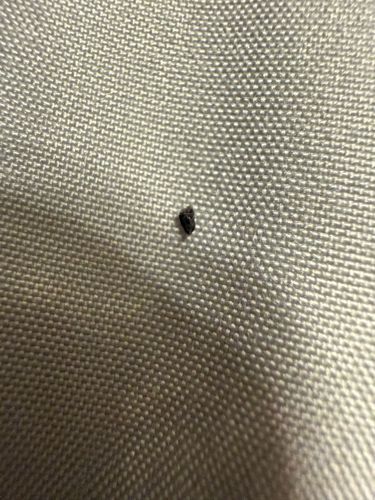Fungus Gnat
Scientific Name: Sciaridae or Mycetophilidae (familial group)
Order & Family: Diptera (Order), Sciaridae / Mycetophilidae (Family)
Size: 1/16 to 1/8 inch (2-4 mm)

Natural Habitat
Typically found in damp, humid environments, especially where there are decaying organic matter, overwatered houseplants, greenhouses, or compost piles.
Diet & Feeding
Larvae feed on fungi and decaying organic matter in soil, and sometimes on plant roots. Adults do not feed significantly and are primarily involved in reproduction.
Behavior Patterns
Adult fungus gnats are weak flyers and are often seen near potted plants, windows, or lights. They are attracted to moisture and decaying organic material. Females lay eggs in moist soil. The larval stage is spent in the soil, feeding on fungi and organic matter. Their life cycle is relatively short, lasting about 3-4 weeks from egg to adult.
Risks & Benefits
Potential risks include being a nuisance, especially in large numbers indoors. Larvae can damage plant roots, particularly in seedlings or tender plants, if their population is high. They do not bite humans or animals. On the benefit side, their larvae contribute to decomposition in ecosystems, breaking down organic matter.
Identified on: 10/1/2025